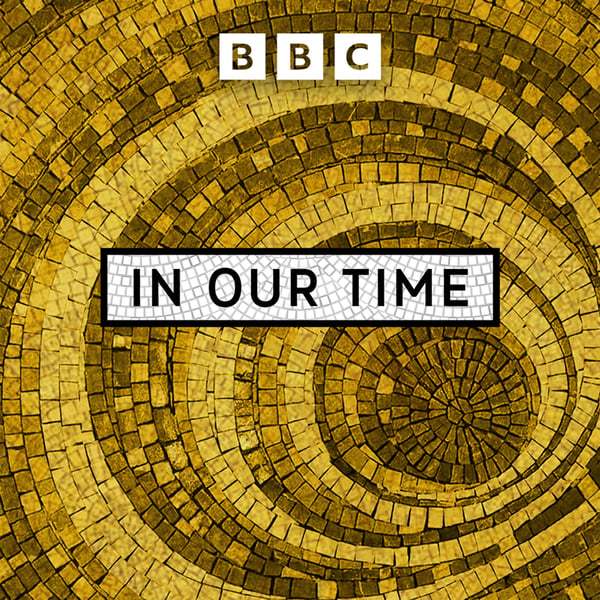Superconductivity
In Our Time
BBC
4.6 • 9.2K Ratings
🗓️ 23 February 2023
⏱️ 51 minutes
🧾️ Download transcript
Summary
Transcript
Click on a timestamp to play from that location
| 0:00.0 | BBC Sounds Music Radio Podcasts |
| 0:04.7 | Thanks for downloading this episode of In Our Time. |
| 0:07.2 | There's a reading list to go with it on our website and you can get news about our programs |
| 0:11.2 | if you follow us on Twitter at BBC In Our Time. |
| 0:14.6 | I hope you enjoyed the program. |
| 0:16.0 | Hello, in 1911, the Dutch physicist Haika Kameling-Honors made a remarkable discovery |
| 0:22.8 | that nobody predicted and that non-consens fully explained. |
| 0:27.6 | It's called superconductivity. |
| 0:30.0 | When he lowered the temperature of mercury close to absolute zero and run an electric |
| 0:35.0 | current through it, he found not that it had low resistance, it had no resistance. |
| 0:40.5 | A century later, and this has already been applied to make MRI scanners and to speed particles |
| 0:45.8 | through the large Hadron collider and may perhaps bring nuclear fusion a little closer, |
| 0:51.3 | a step that would be world-changing. |
| 0:54.0 | Let me discuss superconductivity, our Nigel Hussie, professor of experimental condensed |
| 0:59.5 | matter physics at the University of Bristol and Radboud University. |
| 1:03.9 | So sheatress Sebastian, professor of physics at the Kevin Dishnaboratory at the University |
| 1:08.1 | of Cambridge and Seben Blondell, professor of physics at the University of Oxford and |
| 1:12.6 | fellow of Mansfield College, Oxford. |
| 1:14.6 | Seben Blondell, can you take us into the laboratory of Kameling-Honors? |
| 1:19.8 | What had you been working on to get to this point? |
| 1:22.6 | Well Kameling-Honors was on a scientific quest to understand how various gases can be liquefied. |
| 1:30.6 | The issue is that we know that water is a liquid, but nitrogen is a gas, and why is that? |
... |
Please login to see the full transcript.
Disclaimer: The podcast and artwork embedded on this page are from BBC, and are the property of its owner and not affiliated with or endorsed by Tapesearch.
Generated transcripts are the property of BBC and are distributed freely under the Fair Use doctrine. Transcripts generated by Tapesearch are not guaranteed to be accurate.
Copyright © Tapesearch 2025.

